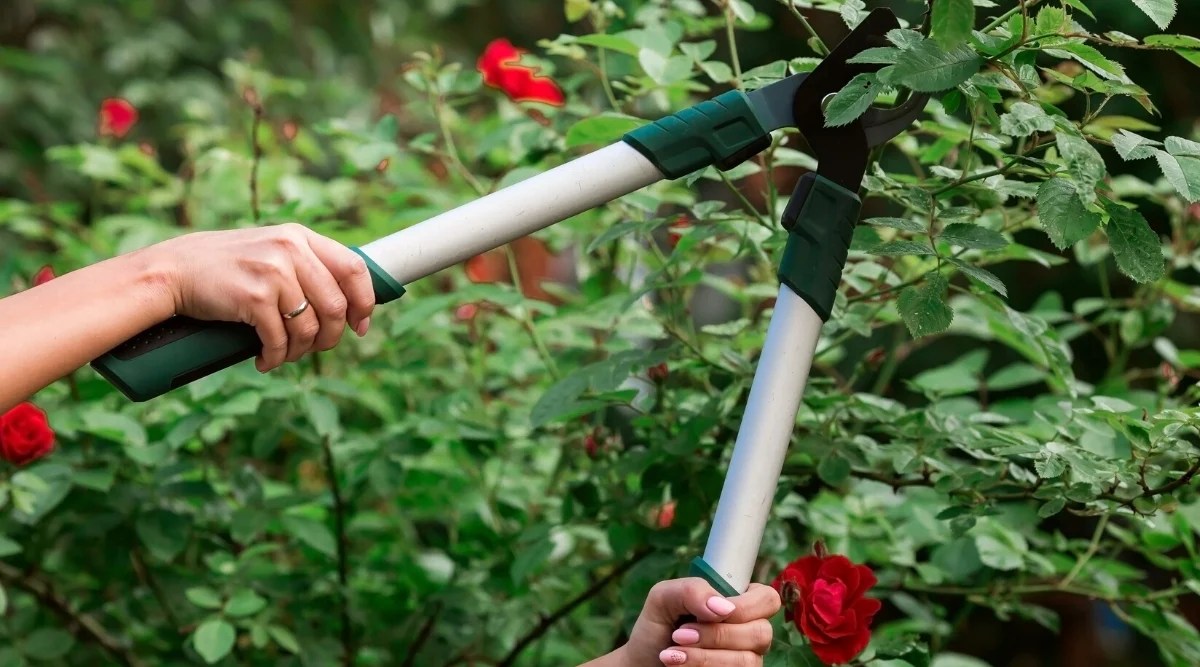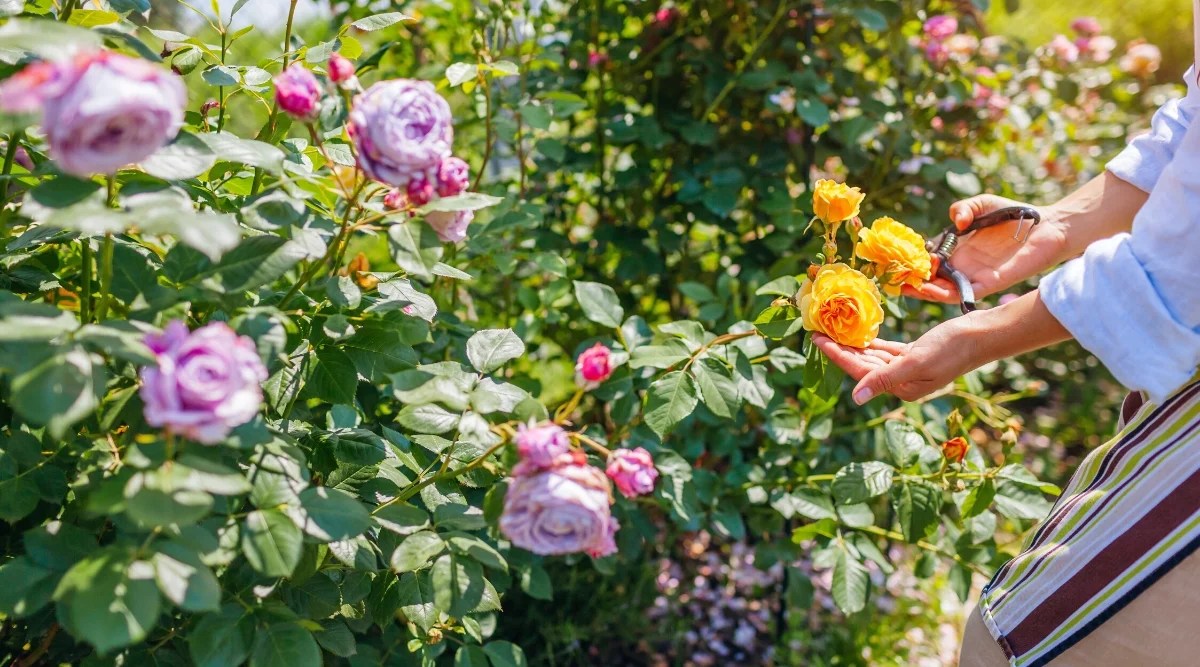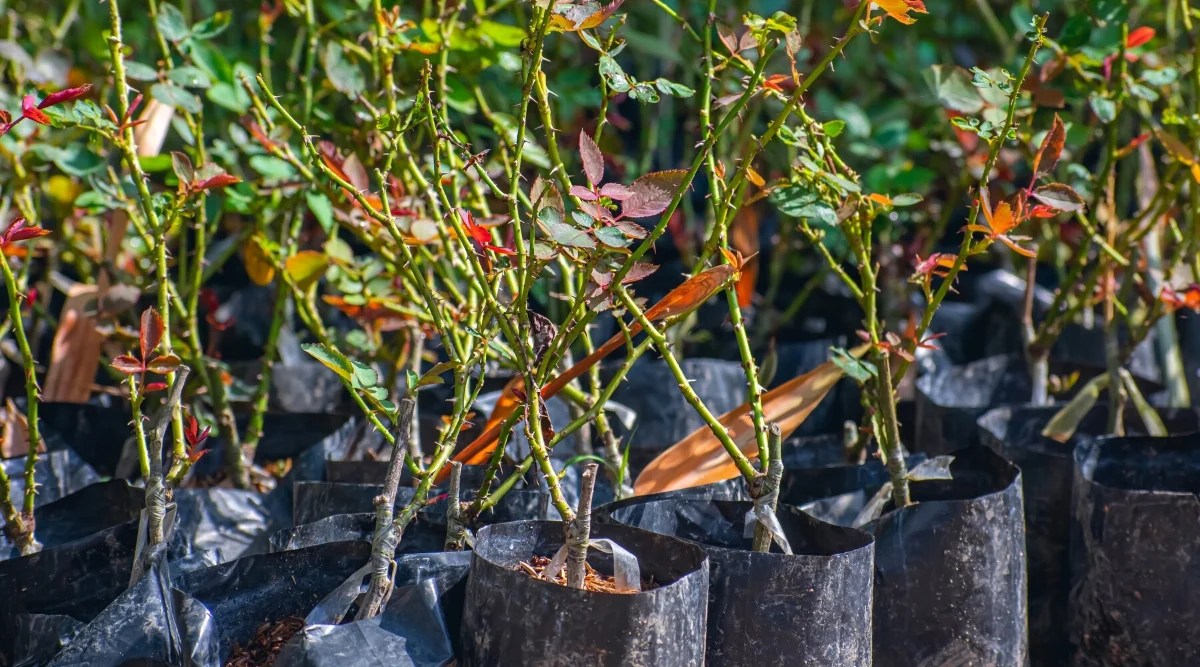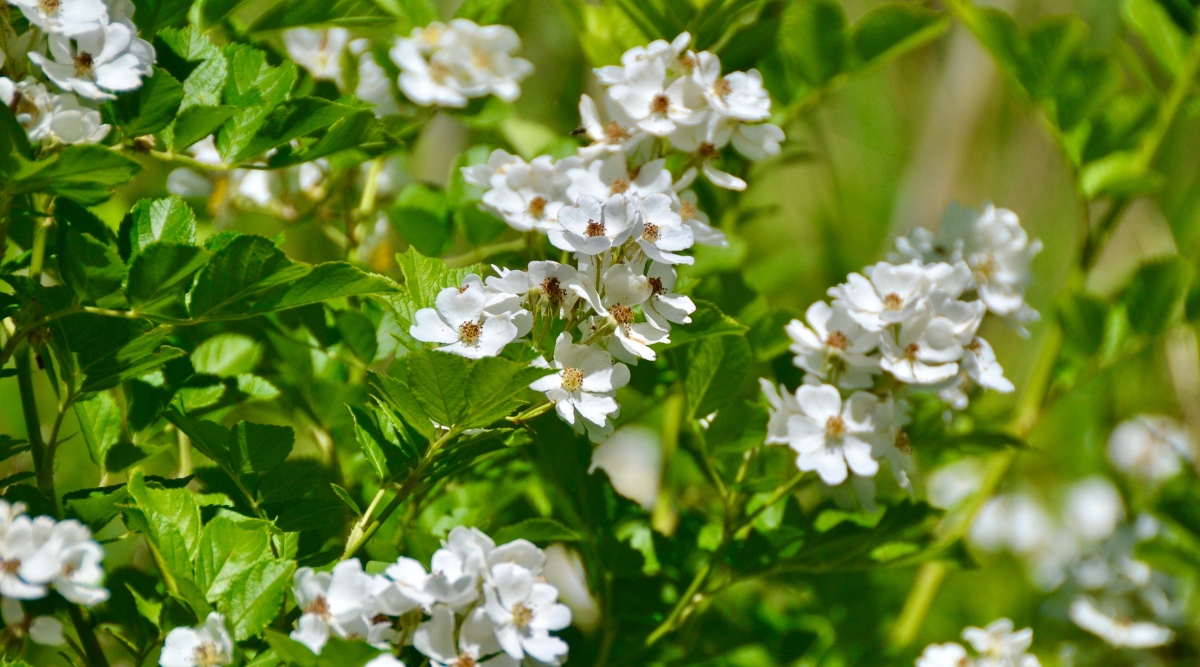Plant Diseases
Can you identify Rose Rosette Disease ? deadly to rose , it ’s widespread in North America and an increase threat worldwide . We call for all rose growers to recognize the symptoms and know how to oppose so we can slow the paste . In this article , gardening expert and rose enthusiast Danielle Sherwood shares what you need to bed about Rose Rosette Disease , including designation , bar , and treatment .
All rosaceous gardeners need their rosiness to grow into healthy , mature plants . We bring up them for years , skip for abundant blooms that scent our garden and flood it with color . unluckily , the time and disbursement you ’ve invested in your roses can be wiped out by a lethal virus . Rose Rosette Disease ( RRD)is spread by the microscopic eriophyid mitePhyllocoptes fructiphilus Keifer . These bantam computer virus vectors loosely travel by wind up to 2 knot aside and can infect new rose via grafting and mechanically skillful infection .

First documented in Manitoba , Canada , in the 1940s , RRD is far-flung in 33 states . There is no cure for the disease , and rosiness die 2 to 5 years spot - infection . Since 2015 , researchers at Texas A&M and the University of Tennessee have collaborated with international experts to identify and multiply roses with transmissible impedance . In the meantime , we ask to know what to face for and how to reduce its transmission rate .
In this clause , I ’ll shareRRD symptoms , bar scheme , andwhat to do if you distrust you ’ve found infected rosesin your garden or locality . Let ’s get started !
mental object

Identification
It can be hard to severalize between salubrious new growth and the symptoms of Rose Rosette Disease . Many terrified gardeners share motion-picture show of suspected infection , only to be assure that their rose wine is pushing out normal new shoots and canes . Fortunately , there are some key signs to look for .
decisive indicators of RRD are :
Healthy fresh arise shoots and canes are often violent and thornier than older emergence . So how can you be sure you ’re front at Rose Rosette Disease ? rose with RRD showing unsightly increase that looks clearly different from the rest of the plant . To determine if the new growth is RRD , compare it to the ease of the mature , normal shrub .

equate the new growth to the old , and ask yourself :
If the raw shoot resemble the balance of the plant in shape and structure , it ’s most likely sizable unexampled growth and no cause for concern . If you ’re still unsure , here ’s what to do :
Treatment
unhappily , the currently available treatment measures ( like miticides ) have n’t in effect reduced infection rate . The disease is systemic , meaning it bear upon all plant parts . Pruning out the symptomatic growthwill notsave the rosiness or prevent the disease from overspread to other plants in your garden ( or your neighbor ’s ! ) .
Instead , you should :
Prevention
Researchers are working to identify miticides and predatory biocontrols that the home nurseryman can use to master RRD effectively . Until we have an effective intervention , we must actively prevent the disease as much as potential .
There ’s much we can do to slow down RRD . Above all , keep your roses healthy . Like all insect vectors , eriophyid mites are more potential to strike punctuate plants . uphold racy , happy bush withgood routine maintenance , like pruning , fertilisation , space for air flow , plenty of sunlight , and regular deep lacrimation .
What are the otherpreventative step you may take to battle RRD ?

Monitor
Observe your rose bushes oft for signs of disease . The oftentimes maligned Knockout Ⓡ family is often fault for the RRD spread . Rather than a flaw of the roses themselves , their increase incidence of infection appear to result from neglect and lack of acknowledgement of RRD symptom .
They are a favorite of landscape gardener for commercial situation , where they are n’t always cautiously maintained and observe . These landscape painting bed then became reservoirs for the virus .
Buy From Reputable Sources
Purchase roses from high - character local nurseries or reputable vender that specialise in them . The stave will know what to look for and is less potential to sell infected pink wine . Plants can be asymptomatic for up to one year , however , so the mien of disease is not always the marketer ’s flaw .
If a pink wine is shipped to you , especially from a long distance or a location with high rates of RRD ( currently , theeastern USis most heavily impacted ) , thoroughly inspect it upon reception before planting . If you ’re not sure the new blush wine is healthy , believe isolating it from the eternal sleep of your pink wine to observe it for a while . connect with the distributor with any concerns .
Protect the Plants in Your Garden
Shelter your plants if possible . Evidence shows that a roadblock on the windward side of your plants reduces the pace of mite paste . Consider placing your roses near a fencing , the side of your house , or against a tall hedgerow .
When clean up your yard , avoid leaf blowers , which rapidly spread mites through the zephyr to new plants .
Interplant your rose bushes with fellow traveller works . While this is not a guaranteed preventative , mixed planting are ripe practice . Planting different species between rose George Bush slow down the cattle farm of all pests that prefer roses as host while offering rebarbative and cover benefits .

Practice good sanitation in the garden . Always apply clean , sharpened garden tools , and hygienise them in between plants . This will repress the likelihood of mechanically skillful computer virus transmittance . cleanse up any flow plant matter whenever you prune your rosaceous bushes , as this junk can harbor disease or serve as a host .
cut back off older buds and pelvic girdle ( the oval or round yield containing seeds ) in previous winter or former spring . Eriophyid jot generally overwinter in them , so a in effect prune before the plant pushes out new growth may slay the pestilence .
Eliminate Known Hosts
You know that roses with RRD symptom must be transfer entirely from the garden . But did you love you could help reduce the spreading in your area by looking for legion in natural areas and woodland ?
Multiflora roses(Rosa multiflora)are peculiarly susceptible to the disease and are a common host of RRD . This rose native to Asia has spread to furious surface area of North America and is considered a noxious weed in many body politic .
Multiflora type are large , bushy shrubs that farm into dense brush . salad days are 5 - petalous and single , with debunk promising icteric stamen . They ’re usually white but sometimes lightsome pink . Rosa multifloracan be differentiated from native roses by the fringed stipules where the basis of the farewell meets the shank .

If you are confident in identifying a baby rose rose , and it is not illegal to do so , dig it up and remove it if potential . This is a good project forinvasive plantremoval groups and will help repress the spread of RRD .
Spread the Word
Be on the lookout for RRD in your neighborhood and community . If you see symptoms , send word attribute owners and emphasize the importance of prompt remotion . If you ’re capable , offer to facilitate bump off and report septic plants .
Final Thoughts
Researchersare making rapid onward motion infighting Rose Rosette Disease . Scientists have already identified a cistron that makes roses less susceptible to the computer virus . Their continued enquiry will eventually lead in the development of a new , more resistive generation of roses . Until then , we all require to do our part in slenderize the spread of RRD .
The best bar strategy is noesis and observation . supervise your bushes and educate others . Together we can insure that the Queen of Flowers still flourishes in our gardens !


